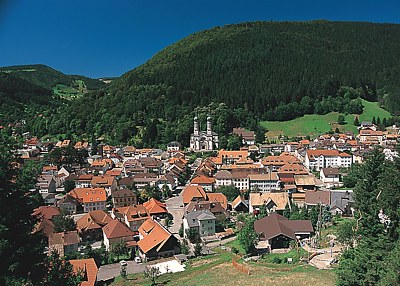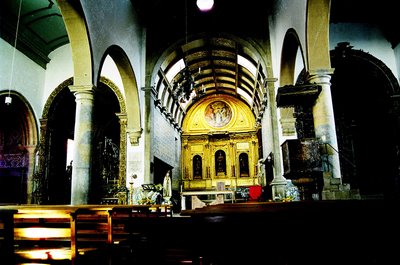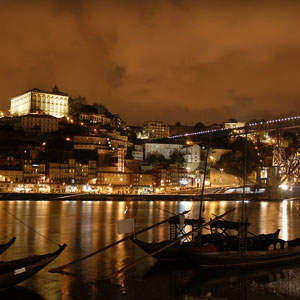 It never takes long before people realize that Oporto (known to locals as Porto) is an extraordinary city. Perhaps they will be standing along the Douro River in Villa Nova de Gaia – the neighbourhood built and sustained by fortified port wine — captivated by the way Portugal’s second largest city looks like a pop up town, with medieval relics, soaring bell towers, extravagant baroque churches and stately beaux-arts buildings piled on top of one another, illuminated by streaming shafts of sun.
It never takes long before people realize that Oporto (known to locals as Porto) is an extraordinary city. Perhaps they will be standing along the Douro River in Villa Nova de Gaia – the neighbourhood built and sustained by fortified port wine — captivated by the way Portugal’s second largest city looks like a pop up town, with medieval relics, soaring bell towers, extravagant baroque churches and stately beaux-arts buildings piled on top of one another, illuminated by streaming shafts of sun.
Or maybe it will be the quiet moments that grab them: the slosh of the Douro against the docks, the snap of laundry lines drying in river winds, the shuffle of a widow’s feet against the cobblestone, the sight of young lovers tangled in the notch of a graffiti bombed wall, the sound of wine glasses clinking under a full moon.
Yes, Porto is a tumbledown and artistic, historic and young, wine-drenched town that can make you weak in the knees in hundreds of different ways. Consider just three.
The night is alive
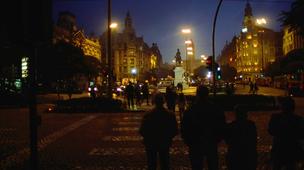 Porto is a college town, and the narrow cobblestone streets just north of Rua das Carmelitas, especially Rua Galeria de Paris, fill with young nocturnal marauders for an all-out street party on warm summer nights and on weekends throughout the year. Rockers and bohemians pile into Plano B, where the upstairs art gallery and cafe are atmospheric and social, but the cosy basement is kinetic with international indie rock, DJs, performance art and engaging theatre.
Porto is a college town, and the narrow cobblestone streets just north of Rua das Carmelitas, especially Rua Galeria de Paris, fill with young nocturnal marauders for an all-out street party on warm summer nights and on weekends throughout the year. Rockers and bohemians pile into Plano B, where the upstairs art gallery and cafe are atmospheric and social, but the cosy basement is kinetic with international indie rock, DJs, performance art and engaging theatre.
Guerrilla art
Maybe it is some postmodern, evolutionary art cycle, wherein the city chooses its worthy, salvageable relics and lets street artists fix the rest, but three-dimensional scrawl appears everywhere in Porto, on garage doors, crumbling ancient walls, empty storefront glass and neglected stucco. Here, a stencilled pilgrim; there, a cloaked bodhisattva. There is no getting around it — when graffiti tolerance is this high, it becomes a sort of passive celebration. And in Porto the graffiti deserves to be celebrated. It is massive, ubiquitous and spectacular, especially at Lapa Metro Station.
Classic flavour
Roast Veal Dinner
Tucked into a tight corner of the Unesco-certified Ribeira district, A Grade (Rua da Saoicolau 9, 223-321-130) is a humble family operation and a masterwork of traditional fare. Padre Ferreira works the room with a beaming smile and generous pours of tawny port. Madre Elena prefers her tiled kitchen where she bakes octopus in butter and wine, and presents special roast veal dinners in gorgeous casseroles alongside sautéed kale and crispy potatoes. The meal ends with free nips of Padre’s house-aged aguardiente (Portuguese brandy) then guests are released and drawn to the banks of that ever present Douro River: a sheet of dimpled glass reflecting a glittering, dreamy city.
Adam Skolnick
10Jan 2012
http://www.bbc.com/travel/feature/20120110-urban-treasures-in-oporto
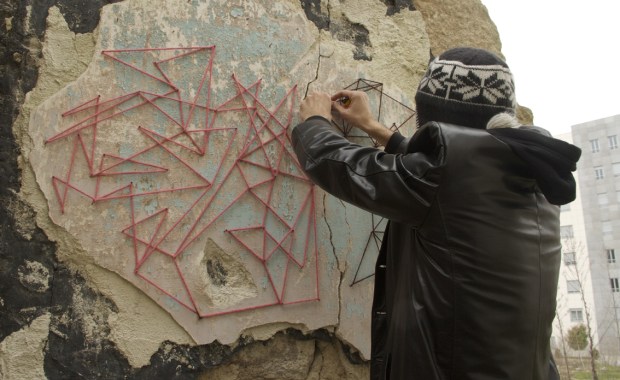
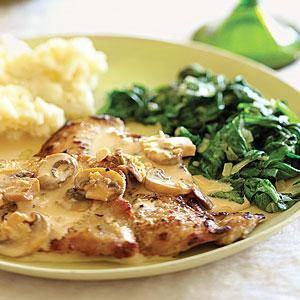
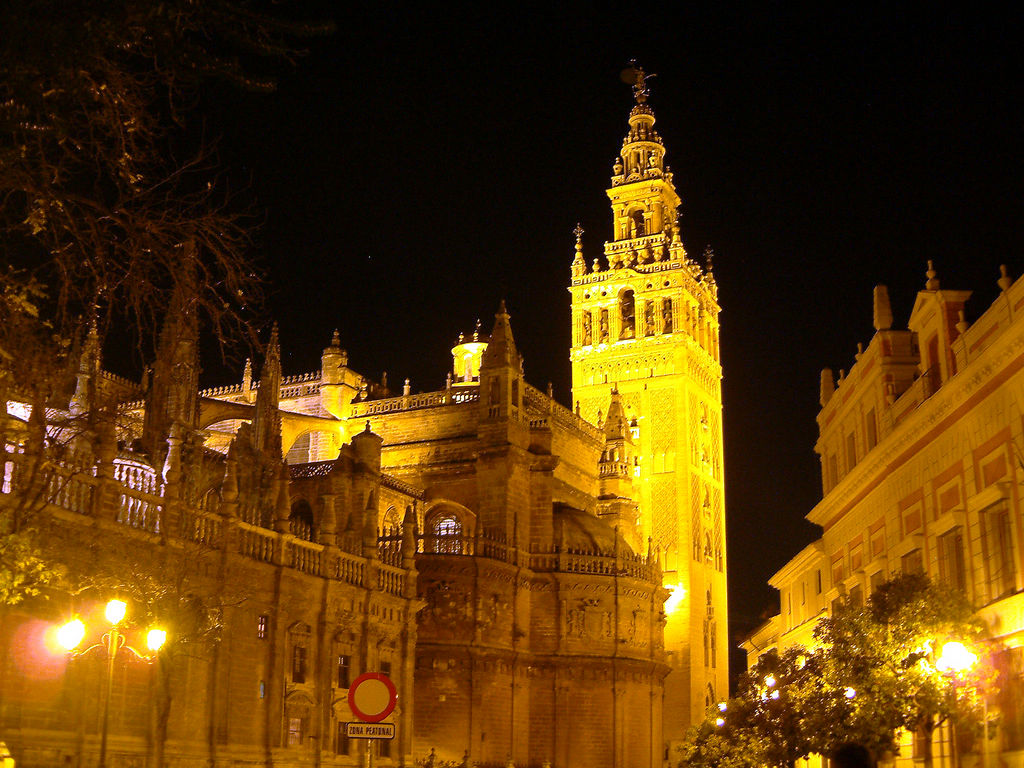
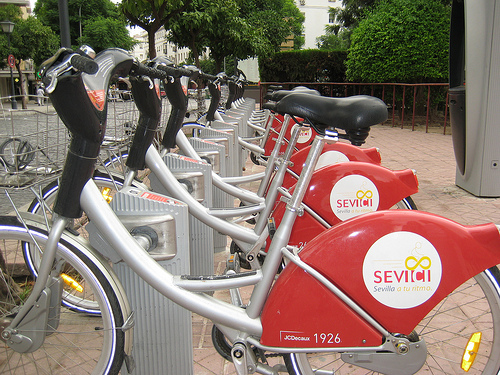

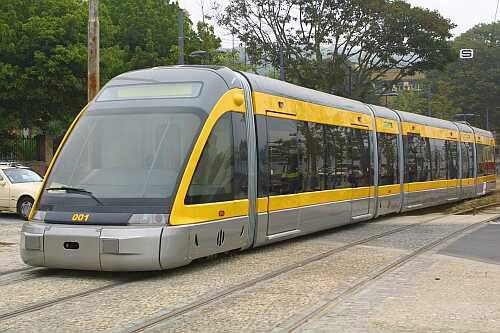
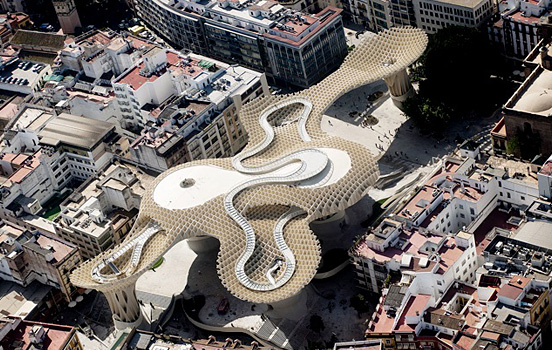
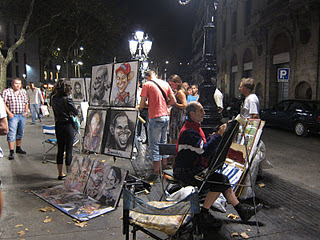
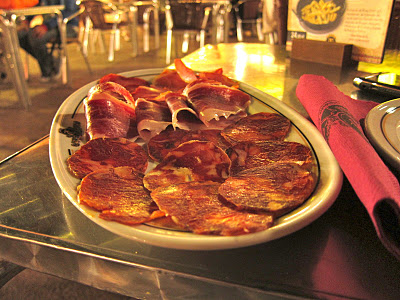
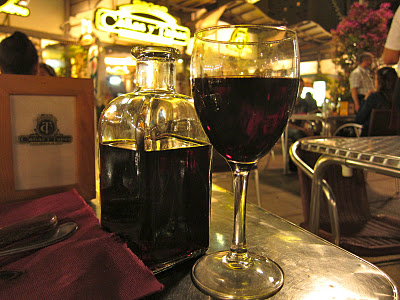
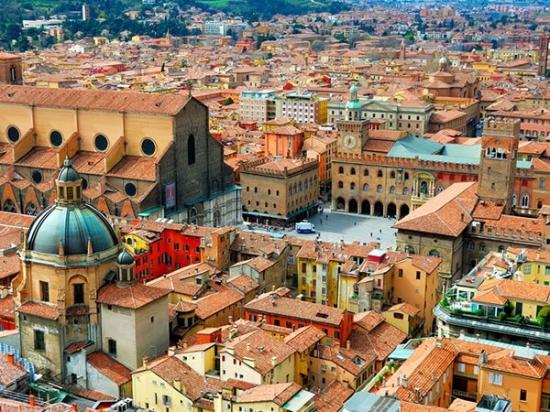
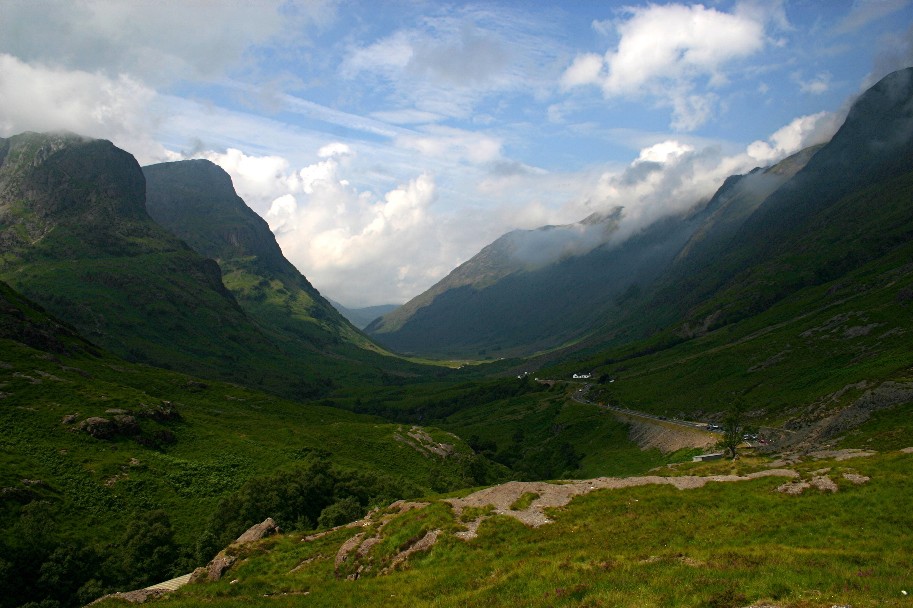
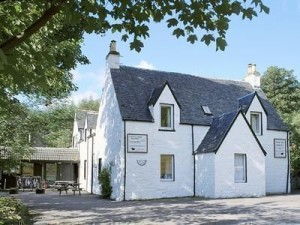
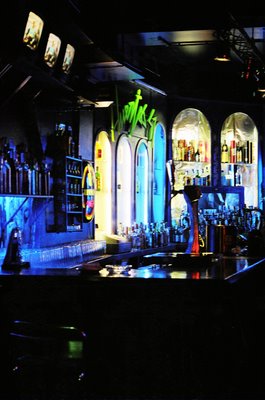
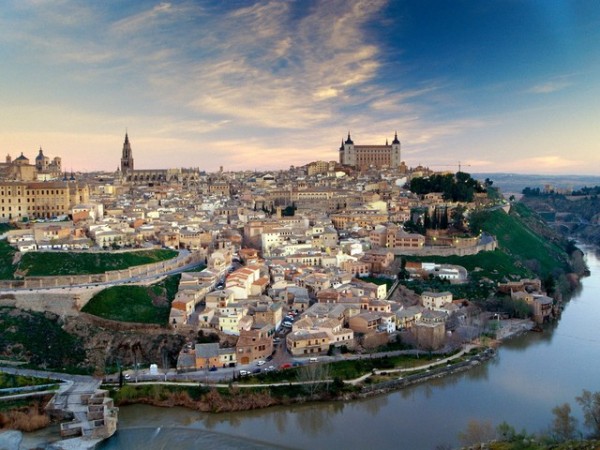
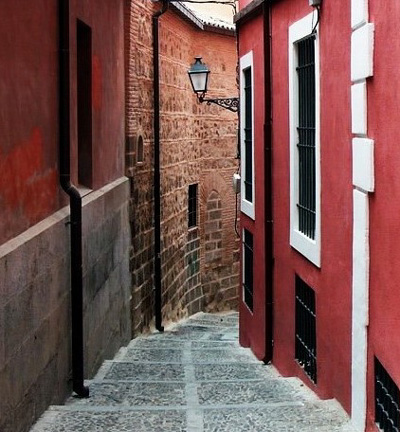
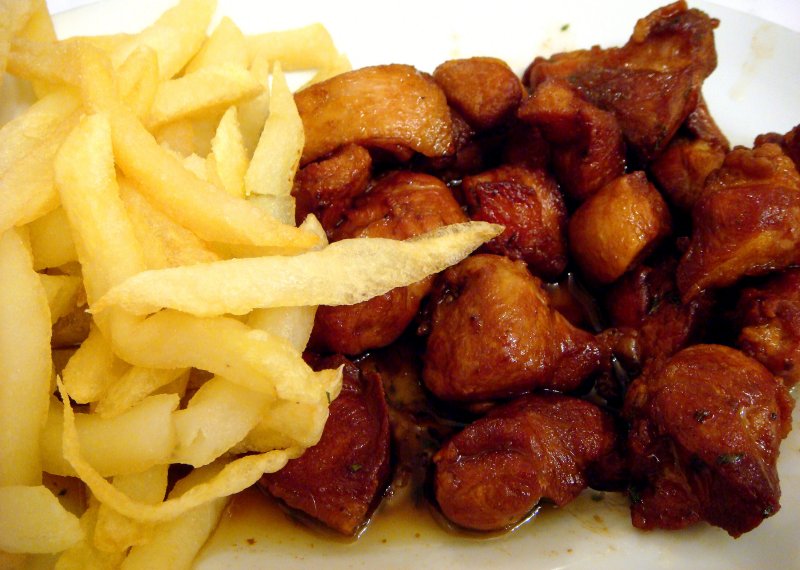
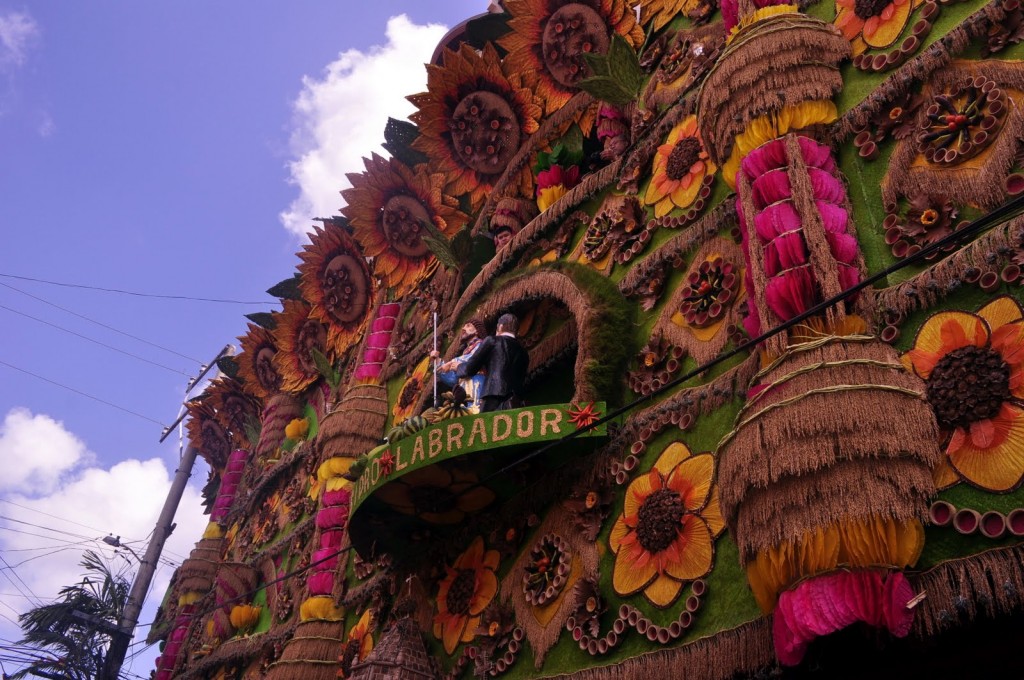

 Café Schäfer Triberg
Café Schäfer Triberg
